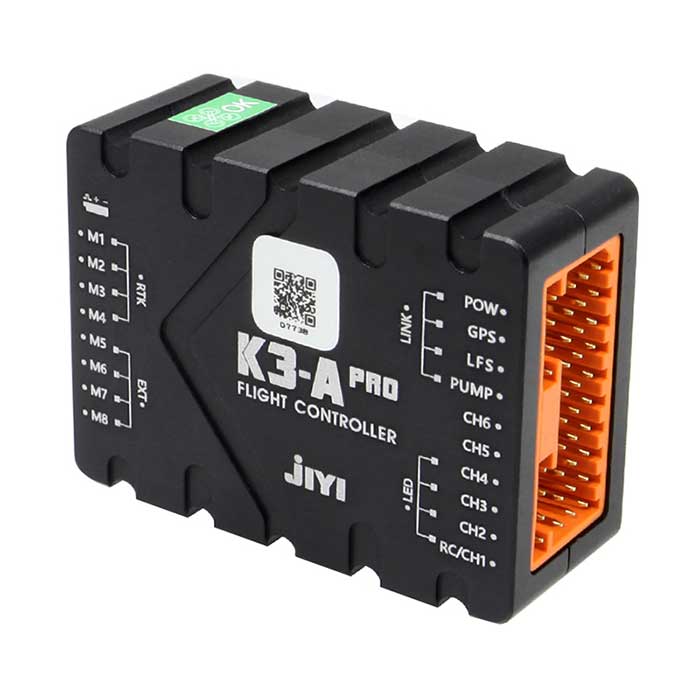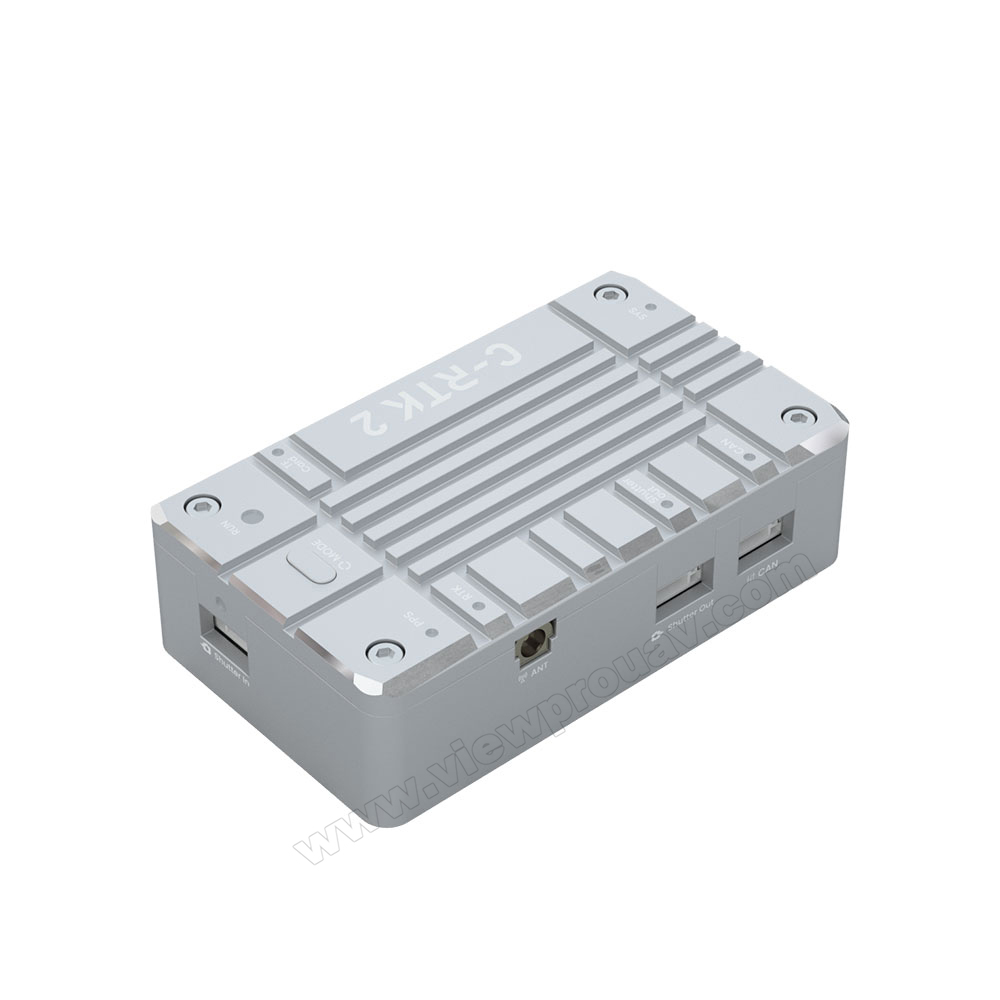The Relevance of Drone Trip Controllers in Modern Aerial Modern Technology: Secret Elements and Their Effect
In the realm of modern-day aerial technology, drone trip controllers offer as the critical systems that manage a drone's performance and capabilities. As sectors progressively rely on drones for applications ranging from farming to surveillance, the evolving technology within flight controllers raises critical inquiries concerning their future influence and possible innovations.

Introduction of Drone Flight Controllers
In the realm of airborne technology, drone flight controllers work as the essential mind of unmanned aerial cars (UAVs), enabling specific ability to move and security during trip. These advanced systems integrate sensor information, refining algorithms, and control inputs, allowing drones to implement complicated trip patterns with precision.
Drone trip controllers use numerous sensors, such as gyroscopes, accelerometers, and GPS modules, to analyze the UAV's alignment and placement in real-time. This details is vital for maintaining equilibrium and making certain secure operation in diverse ecological problems. The controllers process this information to make instant changes to the drone's motors, allowing for smooth shifts and responsive handling.
In addition, flight controllers are furnished with innovative software application that supports features such as waypoint navigating, obstacle evasion, and self-governing flight capabilities. This software is vital for both entertainment and commercial applications, where dependability and precision are critical. As drone technology remains to advance, the advancement of trip controllers will play a pivotal function in enhancing UAV safety, adaptability, and performance, eventually increasing their applications throughout various sectors.
Key Components Explained
Comprehending the fundamental parts of drone flight controllers is essential for realizing exactly how these systems operate properly. At the heart of a flight controller is the microcontroller, which functions as the mind, processing information from numerous sensors and implementing commands. Vital sensing units consist of gyroscopes and accelerometers, which measure the drone's orientation and activity, offering critical comments for stablizing.
Another trick part is the barometer, which assesses altitude by determining atmospheric pressure, while GPS modules offer positional information, enabling self-governing navigating - SparkNavi drone flight controller and GNSS/INS made in taiwan. The trip controller also interfaces with Digital Speed Controllers (ESCs), which regulate the rate of the drone's electric motors based upon the controller's commands
Interaction modules, such as radio receivers, help with remote control input, enabling operators to send commands in real-time. In addition, some trip controllers integrate software that can deal with complex formulas for waypoint navigating, flight planning, and telemetry information analysis.
Role in Flight Stability
Central to keeping trip stability, drone trip controllers use advanced algorithms to process sensor information and make real-time modifications. These controllers are geared up with an array of sensing units, including gyroscopes, accelerometers, and measures, which continuously monitor the drone's speed, altitude, and alignment. By analyzing this data, the flight controller can recognize inconsistencies from the wanted trip course and react promptly to preserve stability.
For instance, if a drone experiences an unexpected gust of wind, the flight controller can swiftly change the motor speeds to combat the disruption, making certain a steady trip trajectory. This ability is essential not just for hands-on flight procedures but additionally for executing complicated maneuvers and keeping smooth flight in numerous ecological conditions.
.jpg)
Furthermore, the innovative formulas used in trip controllers, such as PID (Proportional-Integral-Derivative) control, enable fine-tuning of the drone's feedback to changes in flight conditions. By optimizing these control parameters, flight controllers can improve security, boost responsiveness, and lower pilot work. Eventually, the function of trip controllers in ensuring flight security is vital for the risk-free and effective procedure of modern-day drones throughout varied applications.
Influence On Autonomous Operations

Autonomous procedures are particularly vital in diverse applications such as farming, delivery, and security services. With boosted trip controllers, drones can autonomously browse established paths, efficiently gather data, and adapt to dynamic atmospheres. This ability lowers the need for consistent human oversight, thus enhancing operational efficiency and security.
Moreover, the implementation of artificial intelligence techniques within flight controllers enables drones to enhance their performance in time by finding out from previous objectives. This adaptability leads the way for much more advanced independent applications, such as throng modern technology, where several drones coordinate their actions to achieve an usual objective.
Future Trends in Trip Controllers
Technologies in trip controller technology are positioned to reinvent drone abilities in the coming years. One significant trend is the combination of fabricated knowledge (AI) and artificial intelligence algorithms, making it possible for drones to find out from their environments and make real-time decisions. This advancement will certainly improve autonomous navigating, challenge avoidance, and mission planning, substantially improving functional performance and safety.
Additionally, the development of innovative sensor modern technologies, such as LiDAR and multispectral imaging, will certainly offer trip controllers with richer information inputs. This will certainly assist in more innovative logical capacities, allowing drones to carry out complicated tasks, such as precision rescue, search and agriculture, and framework inspections with unmatched accuracy.
An additional emerging pattern is the miniaturization of trip controller parts, which will certainly result in lighter and a lot more small drones. This evolution will prolong flight durations and payload capabilities, making drones more flexible for various applications.
Conclusion
In conclusion, drone trip controllers function as important parts in contemporary airborne technology, ensuring stability and accuracy in ability to move through the integration of microcontrollers, accelerometers, and GPS components. SparkNavi drone flight controller and GNSS/INS made in taiwan. Their ability to make it possible for autonomous procedures and adapt to numerous applications underscores their importance across multiple sectors. As advancements in expert system and sensing unit modern technology remain to emerge, the potential for improved capabilities and enhanced functional performance in drone systems will likely reshape the future of airborne applications
Central to maintaining trip stability, drone trip controllers utilize innovative algorithms to refine sensor information and make real-time changes. By analyzing this information, the trip controller can determine discrepancies from the wanted trip course and respond quickly to maintain security.
In addition, the advanced algorithms made use of in trip controllers, such as PID (Proportional-Integral-Derivative) control, allow for fine-tuning of the drone's response to modifications in trip conditions. Ultimately, the role of Continue flight controllers in making certain trip security is important for the risk-free and effective operation of contemporary drones across diverse applications.
The advancements in drone trip controllers not only improve trip security however likewise substantially affect self-governing operations. SparkNavi drone flight controller and GNSS/INS made in taiwan.